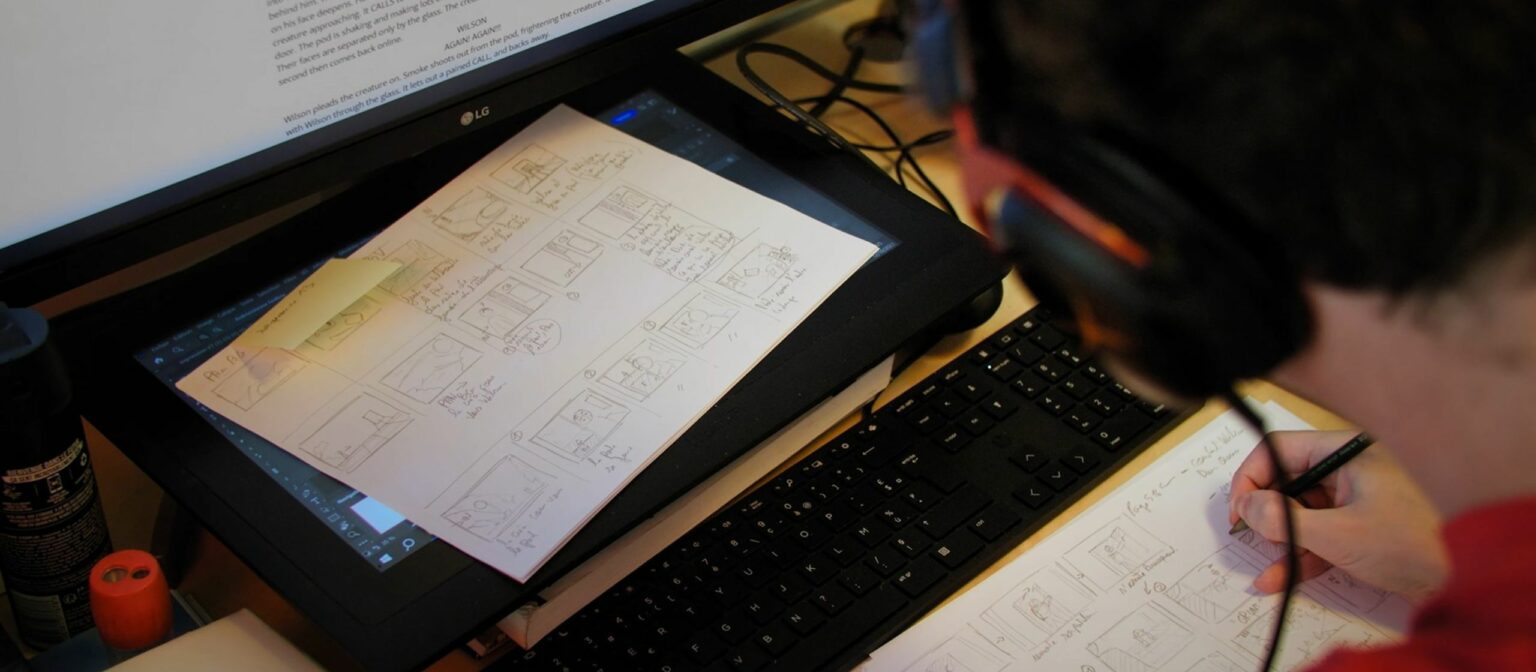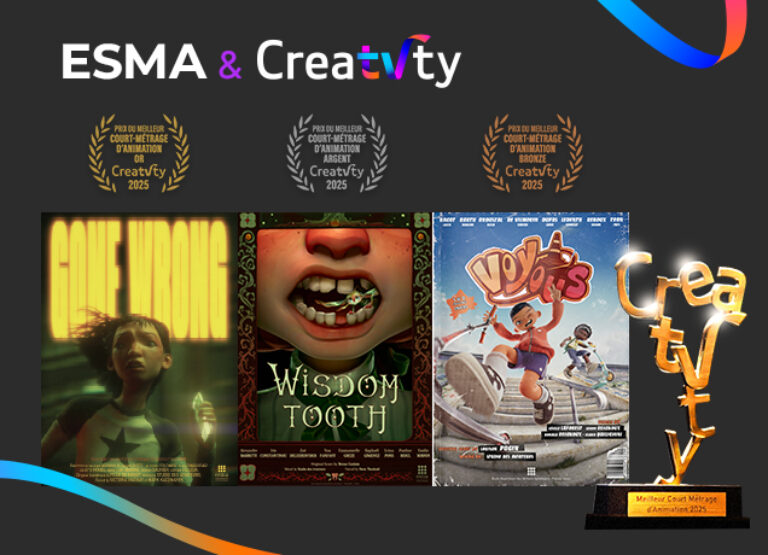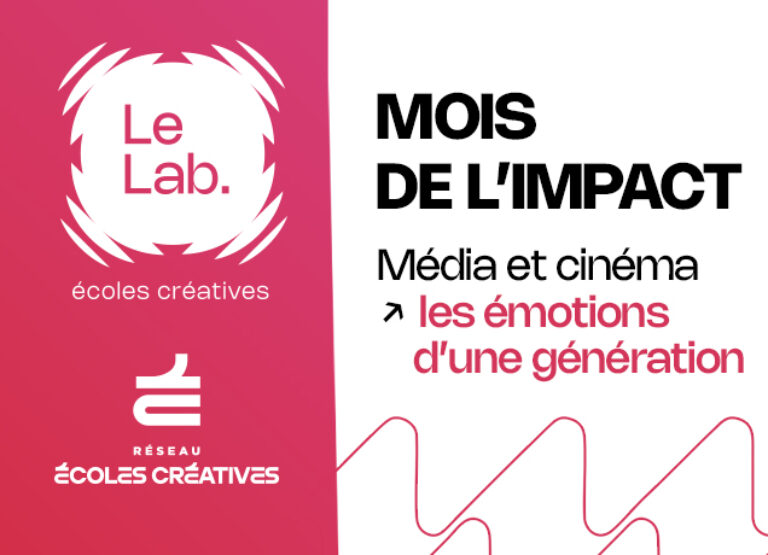
- Published 02.17.2025
- type Thematic news items
- Training 3D Animation & FX
You begin by learning tools like Blender, Maya, or Houdini. Then, you build a short portfolio that shows your skills in character or product animation. Once you’re ready, create profiles on platforms like Malt or Upwork and start applying to entry-level projects. Freelancing gives you full control over your schedule, clients, and project types. In this guide, you’ll learn the exact steps to go from student or beginner to earning money as a freelance 3D animator — without working for a studio.
What You Need to Get Started
To begin, focus on three key things:
-
Learn industry tools
You should be comfortable using software like Maya, Blender, or Houdini. If you’ve studied at ESMA 3d Animation School, you’re already prepared. If not, self-paced online training is available.
-
Build a clear portfolio
Include different types of work : character animation, product demos, scene builds. Only show your best work. Add short text to explain the task or your process.
-
Set your pricing
Your rates should cover your time, software, and any revisions. Keep them realistic, not too low or too high.
Where to find your first clients
Freelance work grows by visibility and trust. To start:
-
Stay active and update your profile after every project
-
Share your work consistently on Instagram or LinkedIn
-
Reach out to contacts after graduation
If you’re not comfortable with cold outreach, those platforms help you get found without needing to pitch.
Managing time and projects
Working with multiple clients requires focus and balance. You can stay in control if you:
-
Use a basic calendar or app to block time
-
Keep detailed project notes
-
Leave short gaps between jobs so you don’t get stuck rushing
If you take on too much, refer some clients to freelancers you trust. They’ll return the favor later.
Show your work and build a reputation
Clients hire based on proof and consistency. Use every finished project to grow your visibility:
-
Share clips with short context posts
-
Add feedback from happy clients into your portfolio
-
Create a few behind-the-scenes posts to show your process
You don’t need to be everywhere. Just be consistent in one or two places where your clients are looking.
Types of projects you can do
As a freelance 3D animator, you might work on:
-
Product animations for websites
-
Short social media ads
-
Music videos and creative visuals
-
Support work for studios needing extra hands
These vary in size and budget, so you can choose what fits your goals and availability.
Mixing Freelance with studio work
You can switch between freelance and full-time contracts depending on your goals. Some animators use freelance work as a backup or to test new skills. Others work part-time in studios and freelance the rest of the time. You’re free to combine both paths based on your needs.
Answers to common questions
What skills are essential for a freelance 3D animator?
You need to know 3D software like Blender, Maya, or Houdini. You also need to understand animation principles, time management, and how to handle feedback from clients.
How do I build a portfolio for freelance 3D animation?
Start with 3–5 strong projects that show different types of animation. Include product demos, character movement, or environment work. Add a short note explaining your role in each one.
What are typical rates for freelance 3D animation projects?
Rates depend on experience and scope. Beginners charge €20–€40/hour or €150–€300 per project. Advanced animators charge €80–€150/hour or €1,000+ per project.
Which platforms are best for finding freelance 3D animation jobs?
Top platforms include Malt, Upwork, Fiverr, and LinkedIn. Choose 1–2 platforms and update your profile regularly.
How can I transition from a studio job to freelancing in 3D animation?
Start freelancing on the side while still working. Build a portfolio and client list. Once you have steady leads or repeat clients, you can make the switch full-time.





